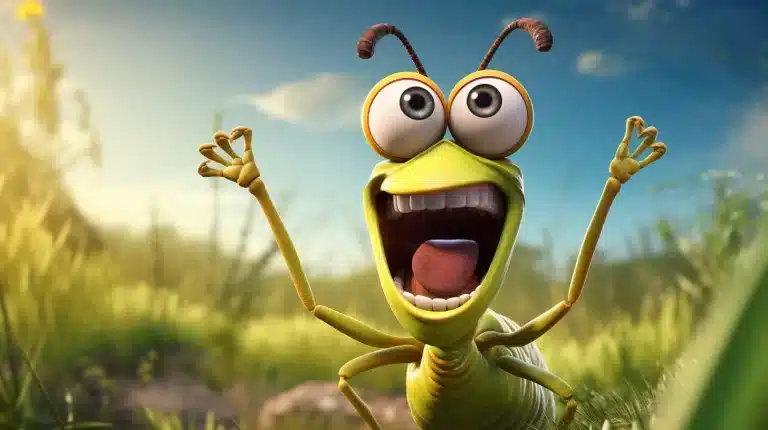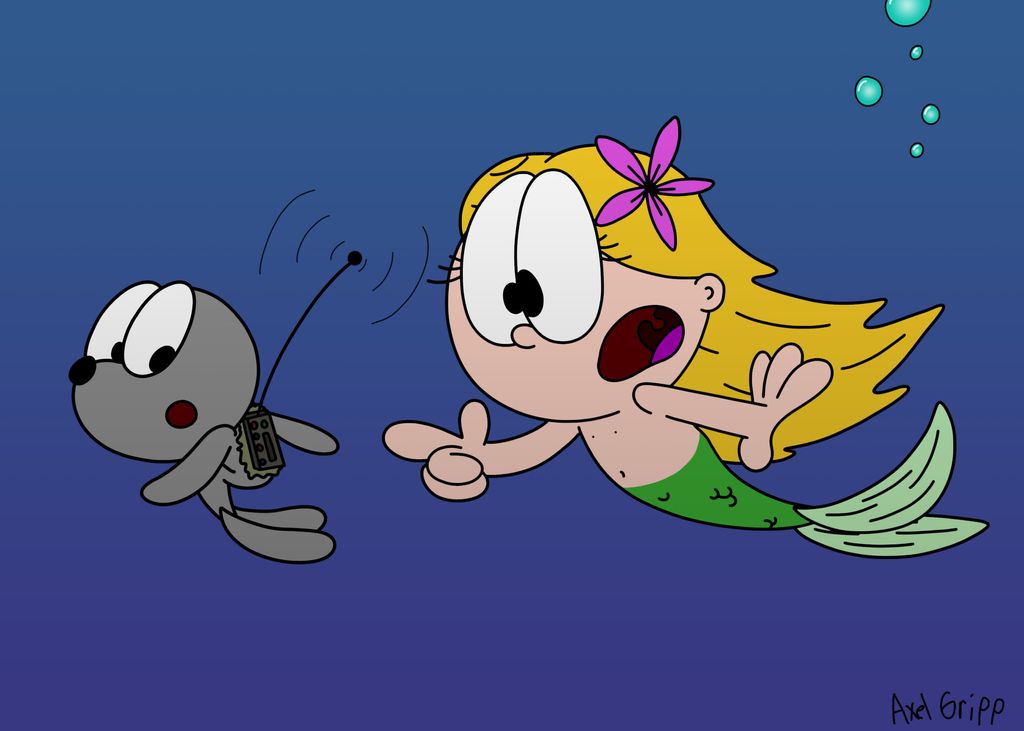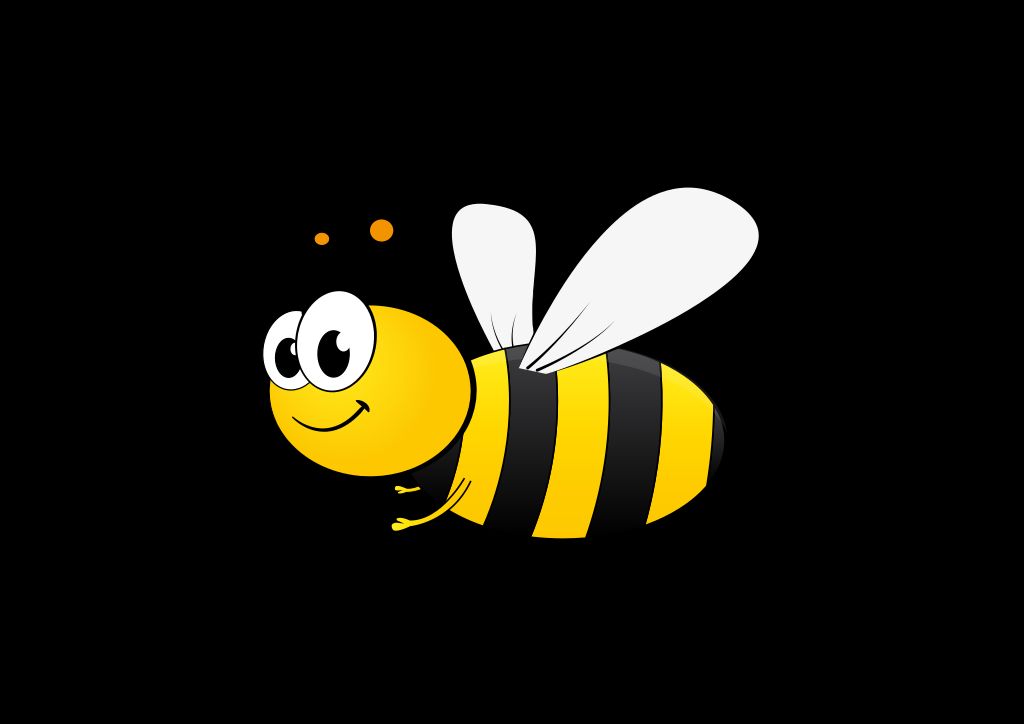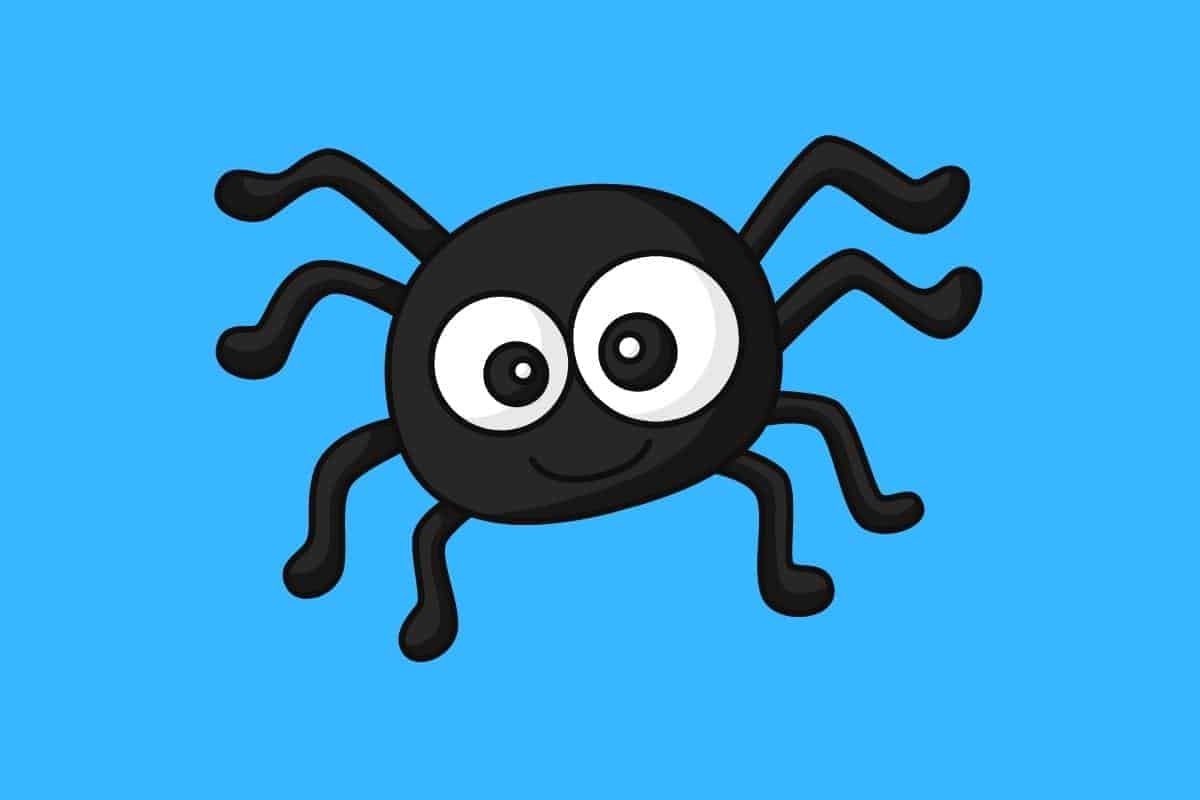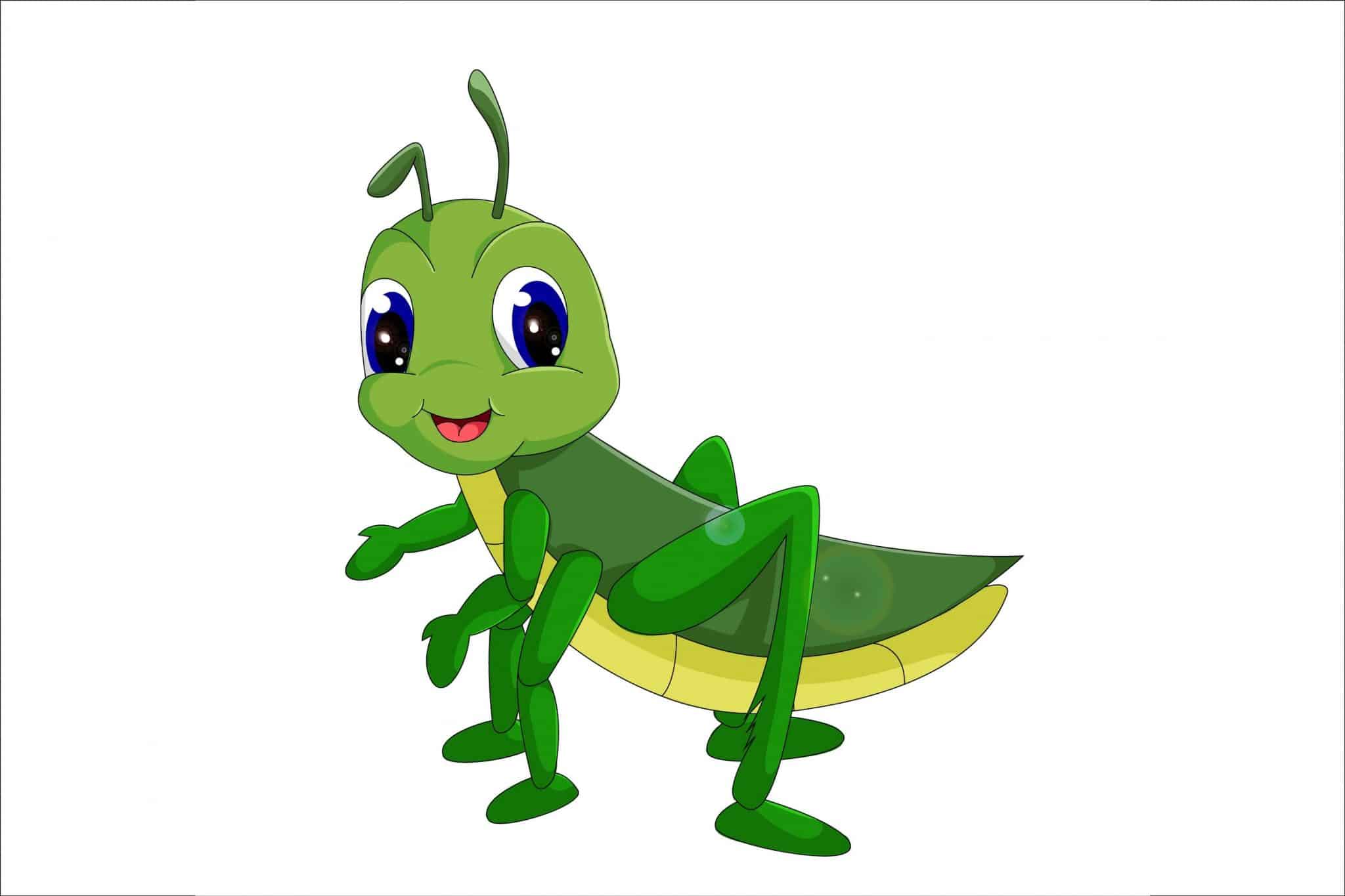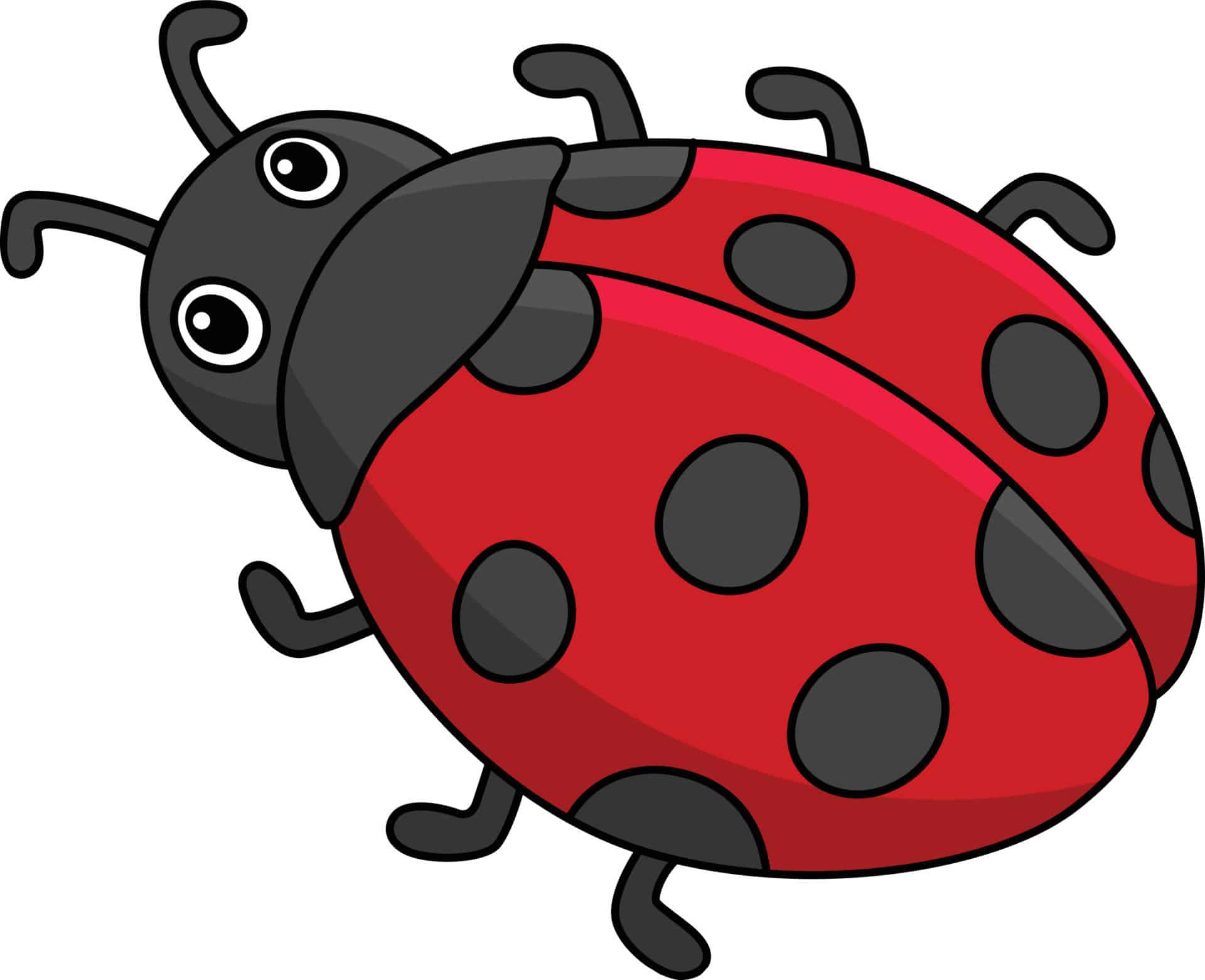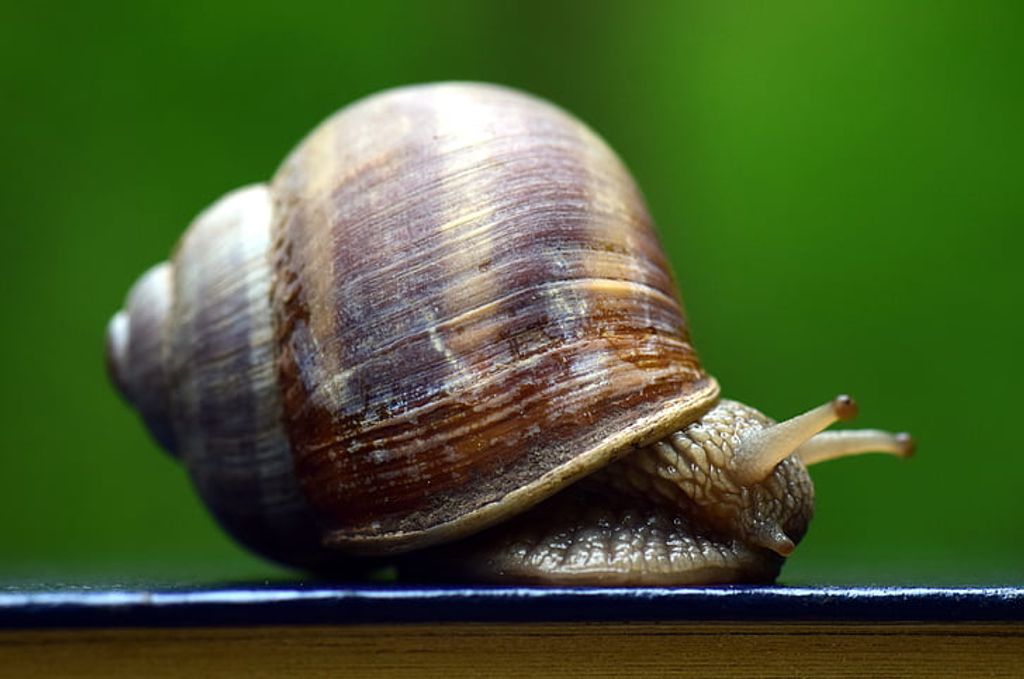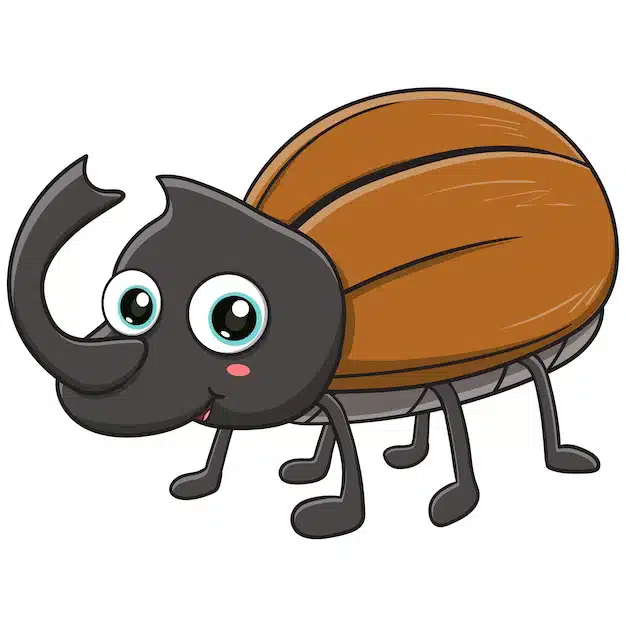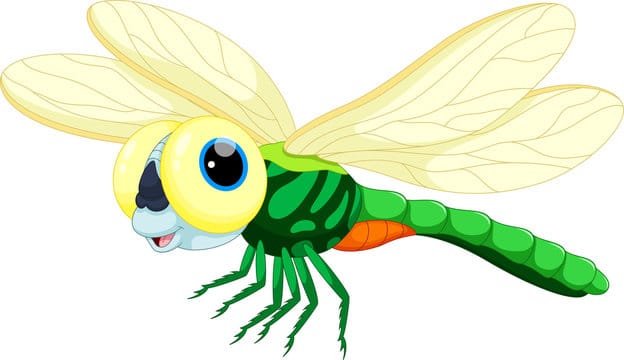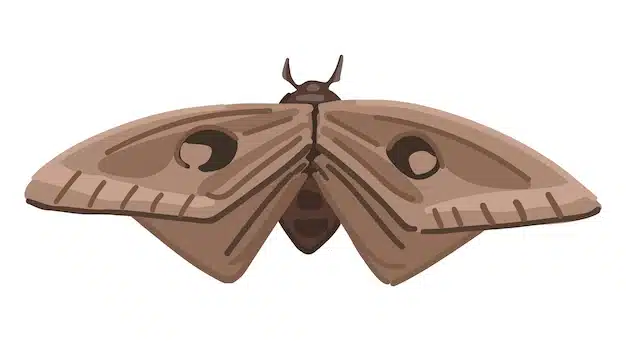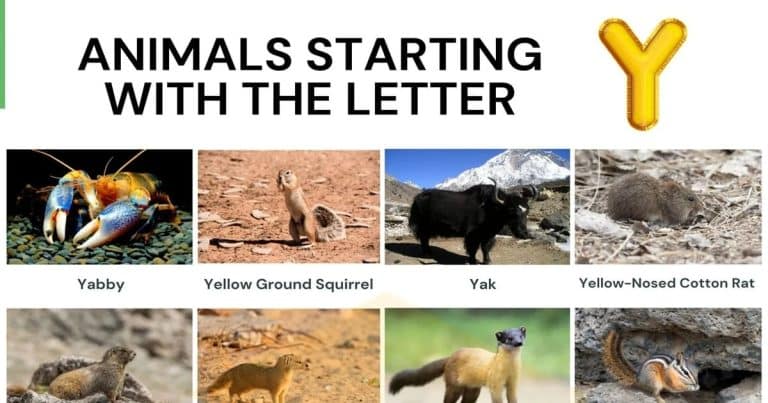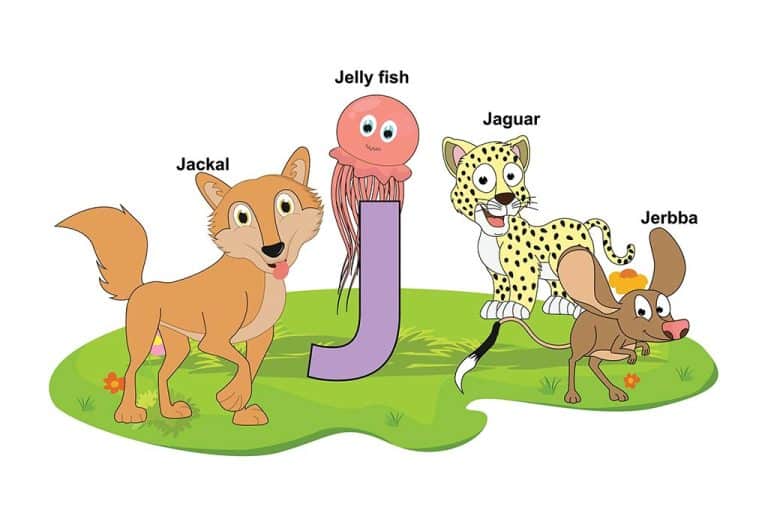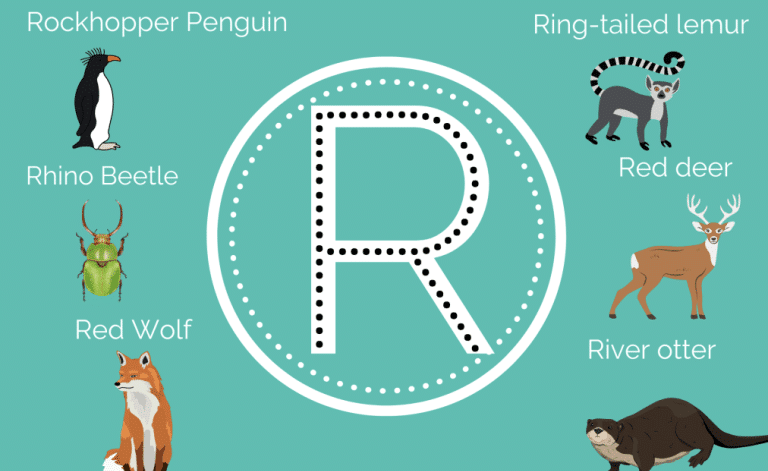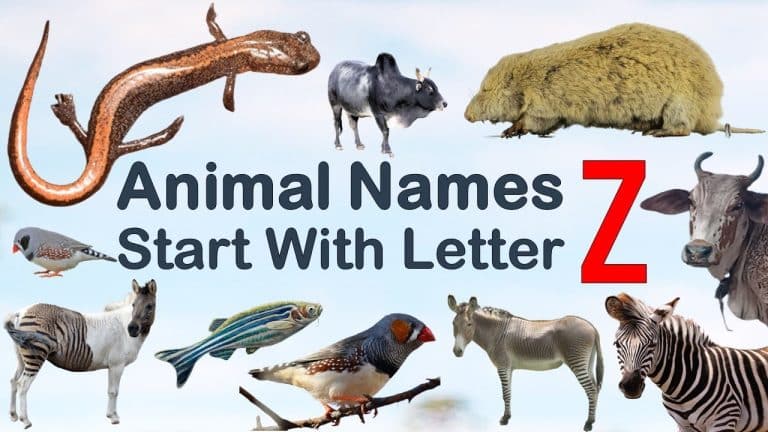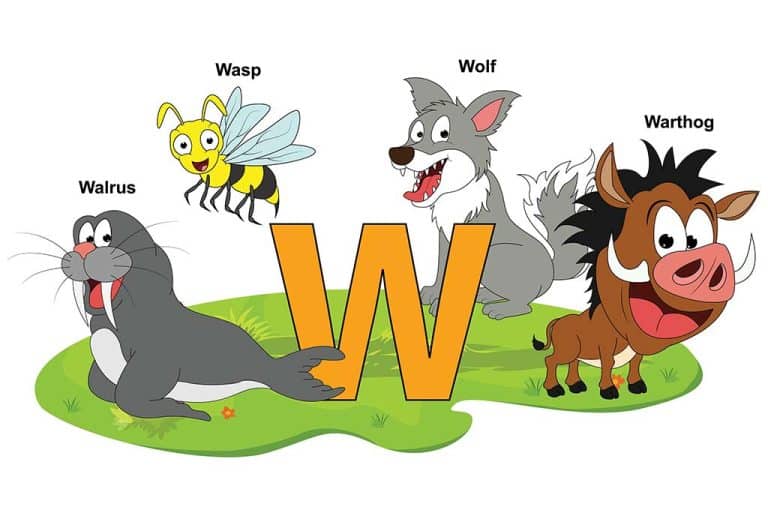Insects have always been a source of fascination for kids. Their diverse shapes, sizes, and colors spark curiosity.
Children are drawn to these tiny creatures that share our world, from ants to butterflies, bees to beetles.
Many children are fascinated with bugs and insects from a very young age.
Research has shown that interacting with insects and arachnids can help children learn about science concepts like habitats, anatomy, and life cycles.
Observing bugs in their natural environments encourages curiosity, analytical thinking, and an appreciation of nature.
There’s something truly magical about combining the wonder of learning with the joy of laughter, and that’s exactly what ’90 Bug Jokes for Kids’ sets out to do.
With clever puns, riddles, knock-knocks, and more, this blog taps into kids’ sense of humor as a gateway to engaging their interest in the insect world.
So let your imagination run wild, and get ready to laugh and learn the buggy way!
Let’s buzz into the fun! 🐞🦋🐜
Key Takeaways
- The blog is a hilarious collection of 90 insect-themed jokes tailored for children.
- Each section of the blog is dedicated to a different bug, such as ants, bees, butterflies, and more, ensuring a variety of humor.
- The jokes are designed to be educational and entertaining, subtly teaching kids about different insects.
- The blog is an excellent resource for parents and teachers looking for fun ways to engage kids with nature and science.
- With its broad range of bug jokes, the blog is perfect for children who love animals, fairy tales, and plain silliness.
Crawling with Laughter: Ant Jokes
Get ready to march into a parade of puns that will have you grinning from antenna to antenna.
- Why did the ant dance on the jam jar? Because it said, “Twist to open!”
- How do ants get to school? They take the school buzz!
- What do you call an ant who likes to paint? An art-ant!
Ant hills are bustling metropolises, and just like any big city, they’re full of hustle, bustle, and, of course, humor!
- Why did the ant dance on the jam jar? Because it said, “Twist to open!”
- How do ants get to work in the morning? They take the insecterstate!
- What do you call an ant who likes to paint? An articulate artist!
Tip: Always keep your picnic humor-ready; you never know when an ant might drop in to share a laugh (or a crumb)!
When ants invade your picnic, it’s not just the food they’re after; they’re looking to crash your party with their own brand of humor. Here’s a taste of their picnic puns that will have you crawling with laughter:
- Why did the ant dance on the jam jar? Because it said, “Twist to open!”
- What game do ants play with elephants? Squash.
- How do ants keep their skin looking good at a picnic? They use ant-i-aging cream!
Bee Amused: Buzz-worthy Jokes
Get ready to bee entertained with these buzz-worthy jokes that are sure to keep the hive humming with laughter:
- Why did the bee get married? Because he found his honey!
- What do you call a bee that can’t make up its mind? A maybe!
- How do bees get to school? By school buzz!
- Why did the bee get married? Because he found his honey!
- What do bees chew? Bumble gum!
- Why did the bee get married? Because he found his honey!
- What do you call a bee that can’t make up its mind? A maybe!
- How do bees get to school? By school buzz!
And if you’re ever in a sticky situation, just think like a bee and bee positive!
Fluttering Fun: Butterfly Jokes
The best jokes are like butterflies; they’ll fly away if you try to catch them.
- Why did the butterfly refuse to play cards? It didn’t want to show its hand… or wings!
- What do you call a butterfly that falls in love? A flutter-heart!
- How do butterflies organize their parties? They always plan a cocoon-a!
- Why did the butterfly refuse to play cards? It didn’t want to show its hand-wing!
- What do butterflies study in school? Moth-matics!
- How do butterflies organize a party? They wing it!
- Why did the butterfly go to the dance? Because it wanted to do the flutter-by!
- What do you call a butterfly that falls in love? A flutter-heart!
- How do butterflies write their essays? With a caterpillar pen!
Remember, every butterfly was once a caterpillar that decided to grow wings and fly. So spread your wings and let your humor soar!
Creepy Crawly Chuckles: Spider Jokes
Spiders may have a reputation for being creepy, but they can also be the stars of some hilarious humor.
- Why did the spider go to the computer? To check his web site!
- What do you call a spider with 20 eyes? Spidey-sight!
- How do spiders communicate? Through the World Wide Web!
- Why did the spider go to the computer? To check his web site!
- What do you call an undercover spider? A spy-der!
Remember, even if you’re afraid of spiders, these jokes are completely harmless and won’t bite!
Spiders may have a reputation for being creepy, but in the world of jokes, they’re the kings of comedy with their eight-legged shenanigans.
- Why did the spider go to the computer? To check his web site!
- What do you call an undercover spider? A spy-der!
Jump into Jokes: Grasshopper and Cricket Comedy
Get ready to jump into a world of giggles with these grasshopper and cricket jokes that are sure to make you leap with laughter.
- Why was the Grasshopper a great musician? Because he had the perfect chirp!
- What do you call a cricket with a high IQ? A brainy bug!
Remember, the key to a great bug joke is the element of surprise—just like a grasshopper’s sudden jump.
Crickets might be known for their melodic chirping, but who knew they could be comedians too?
- Why was the cricket so good at baseball? Because he was a natural at batting!
- What do you call a cricket that tells jokes? A stand-up critter!
- How do crickets get in shape? They do cricket-ups!
Just imagine the giggles when you ask, ‘What’s a cricket’s favorite movie?’ and deliver the punchline with a grin: ‘The Great Escape—because they’re always jumping out of reach!’
- Why did the grasshopper go to the doctor? It had a bug in its throat!
- What do you call a grasshopper with excellent manners? A jumpleman!
Tip: Share these jokes during a family picnic or a nature hike to add an extra bounce to your outdoor adventures.
Ladybug Laughs: Spotted with Humor
These little beetles are charming and a source of amusement for bug enthusiasts of all ages.
Let’s explore some of the most delightful ladybug jokes that are sure to bring a smile to your face.
- Why did the ladybug go to the doctor? Because it had spots!
- What do you call a ladybug that likes to chat? A blabberbug!
- How do ladybugs cheer on their team? They chant, “We’re red, we’re spotted, unbeatable, and dotted!”
Did you know that beetles communicate with each other using a variety of sounds? They might just be the buggystand-up comedians of the natural world.
- Why was the beetle always calm? Because it knew how to beetle-breathe!
- What do you call a beetle with a great sense of humor? Laugh-a-lot-lus!
- How do beetles hold a party? They shell-ebrate!
Why did the ladybug bring a suitcase to the picnic? Because it wanted to pack a lunch with spots of fun!
And what do you call a ladybug that likes to chat? A blabberbug! These are just a few examples of the playful puns that make ladybug humor so endearing.
Wiggly Giggles: Worm Jokes
Worms may not have a backbone, but they certainly have a funny bone—or so we’d like to think.
Why did the worm cross the playground? To get to the other slide!
- Did you hear about the worm who got into a fight? He was the first to throw a punchline!
- What do you call a worm with a lot of energy? A squirm-ish engine!
- How do worms tell time? They check their wristwatch—just kidding, they look at the soil moisture!
- Why did the earthworm cross the playground? To get to the bottom of the slide!
Consider the earthworm who was a math whiz; he always knew the square root of any problem.
And let’s not forget the earthworm who started his own website; it was called ‘The Worm Wide Web’!
- Why did the worm avoid the computer? It didn’t want to get caught in the World Wide Web!
- What do you call a worm with a lot of energy? A squirm-cell battery!
- How do worms settle their differences? They worm their way through it!
Snail Snickers: Slow-Moving Mirth
Snails may not be the fastest creatures in the garden, but their humor is certainly on pace to bring a smile to your face.
- Why don’t snails race each other? They don’t like to engage in shellfish behavior!
- What do you call a snail on a ship? A snailor!
- How do snails make important decisions? They conch-template!
- Why did the snail paint its shell? To avoid being sluggish in style!
- What do you call a snail on a ship? A snailor!
- How do snails make important decisions? They conch-template!
Remember, the best snail jokes are the ones that stick with you, just like a snail’s trail.
- Why did the snail paint its shell? To shell-ebrate its birthday!
- What do you call a snail on a ship? A snailor!
- How do snails keep their shells shiny? They use snail polish!
Tip: When telling snail jokes, the delivery is everything. Pause for effect and let the punchline creep up on your audience for maximum laughter!
Caterpillar Comedy: Creeping with Laughter
- Why was the caterpillar so good at math? Because it could really count its segments!
- What do you get when you cross a caterpillar with a parrot? A walkie-talkie!
A caterpillar’s life is all about transformation, so expect their jokes to leave you in stitches before they fly away as butterflies!
- Why was the caterpillar so good at math? Because it could really count-erpillar!
- What do you call a caterpillar who works at a newspaper? An editor-pillar!
- How does a caterpillar get around? It takes the butter-fly!
- Why did the caterpillar cross the road? To get to the butter side!
- What do you call a caterpillar who works at a newspaper? An editor-pillar!
- How do caterpillars celebrate their birthdays? By turning over a new leaf!
Beetle Belly Laughs: Insect Humor
- Why was the beetle always calm? Because it knew how to beetle-breathe!
- What do you call a beetle that’s bad at football? A fumble-bee!
Did you know that beetles communicate with each other using a variety of sounds? From chirps to clicks, these little critters are the percussionists of the insect world.
Here’s a fun fact to share with your friends: beetles make up the largest group of animals on Earth, with over 350,000 known species! That’s a lot of beetle buddies to laugh with.
And speaking of laughs, why did the beetle refuse to share its toy? Because it was shellfish!
- Why did the scarab beetle start a business? It wanted to ensure its work really dung something!
- What do you call a scarab that’s a famous musician? A Beetles legend!
- How do scarabs communicate? They use dung and dumber!
Dragonfly Delights: Whirring Wit
Did you know? Dragonflies can fly in any direction, including sideways and even backward! This incredible maneuverability is thanks to their two sets of wings, which operate independently.
Here’s a quick glance at some dragonfly facts:
- Speed: Dragonflies can reach speeds of up to 30 miles per hour.
- Eyesight: Their large eyes give them nearly 360-degree vision.
- Lifespan: Most of the dragonfly’s life is spent as a nymph, with only about six months as a flying adult.
Did you know they’re also quite the comedians?
- Why did the dragonfly love the smartphone? Because it could bug his friends all day!
- What do you call a dragonfly with a six-pack? An abs-olutely fit flyer!
- How does a dragonfly win a debate? By out-flying the opposition with sharp retorts!
Moth Mischief: Nocturnal Nonsense
When the sun sets, and the moon casts its glow, moths can’t help but put on a show.
- Why did the moth ignore the flashlight? It didn’t want to settle for anything less than a spotlight.
- What do moths study in school? Lamp-guistics!
- How do you know a moth is in love? It gets butterflies when the light is just right!
- Why did the moth nibble a hole in the carpet? It wanted to see the floor show!
- What did the moth say to the light bulb? “I find you very enlightening!”
- How do moths write secret messages? With invisible ink-wings!
- Why did the moth nibble on a book? Because it heard that readers digest!
- What’s a moth’s favorite class? Moth-ematics!
- How does a moth listen to music? On a butterfly
Suppose the playful antics of these nighttime critters enchant you. In that case, you’ll be delighted with the hilarity awaiting 150 Great Bear Jokes for Kids to Have a Roaring Good Time.
Wrapping Up the Laughter
As we close the blog on our 90 Bug Jokes for Kids, we hope that the giggles and chuckles have been as abundant as ants at a picnic.
Remember, laughter is an essential part of childhood, and sharing a good joke can be the highlight of any young one’s day.
Keep the fun alive by revisiting these jokes, and don’t forget to buzz around for more humorous adventures with your little ones!
Frequently Asked Questions
What Age Group Are the ’90 Bug Jokes for Kids’ Suitable For?
The jokes are perfect for kids aged 5 to 12, offering a blend of easy-to-understand and clever humor that will keep them giggling.
Can Adults Enjoy These Bug Jokes as Well?
Absolutely! While the jokes are tailored for kids, adults accompanying their little ones can certainly share a laugh, too.
Are These Jokes Educational as Well as Funny?
Yes, many of the jokes play on words and concepts related to insects, offering a fun way to learn about entomology and language.
How Can I Use These Jokes to Create a Fun Learning Environment?
Incorporate the jokes into lesson plans, use them as ice-breakers in classrooms, or simply share them during family time to spark an interest in nature and language.
Are the Jokes in ’90 Bug Jokes for Kids’ Appropriate for School Settings?
Definitely, all jokes are kid-friendly and are designed to be appropriate for school and social settings.
Where Can I Find More Jokes Like the Ones in This Collection?
Check out websites like Kidsjokes.co.uk or look for books in the humor section of your local library or bookstore.
Can I Submit My Own Bug Jokes to Be Included in Future Collections?
While this collection is already curated, we may accept submissions for future editions or other joke blogs, so keep an eye out for those opportunities.
What Makes a Good Bug Joke for Kids?
A good bug joke for kids is short and punny and plays on the unique characteristics of insects in a way that’s relatable and understandable for children.

